71 (65) Wiseman milk
Sales: £108.1m +1.6%
Launch: 1989
Wiseman has tumbled down the ranking, but don’t be deceived: the Scottish-cum-German brand has managed to add nearly £2m in sales in a tough milk market. Regionality remains a key focus. A Northern sub-brand joined the range last March.
72 (82) Chicago Town pizza
Sales: £105.1m +8.3%
Launch: 1992
Chicago Town is the biggest pizza brand in the freezers, and it’s still growing.
In 2012, the brand introduced new varieties to its takeaway range, with a thin crust version, and also introduced Subs, a snack-size French-bread-style pizza. They now sit alongside its individually sized Deep Dish pizzas and Deliciously Deep varieties.
On the promotional front, Chicago Town made a huge deal of a survey that suggested customers preferred it to Pizza Hut and Domino’s. It was so pleased with the result that it gave away 500,000 pizzas to celebrate in its One Epic Giveaway promo. “It’s designed to reward our loyal consumers and increase frequency and rate of purchase,” says Paula Wyatt, marketing manager at brand owner Dr Oetker.
It seems to have worked. But Chicago Town needs to stay on its toes to fight off closest rival Goodfella’s. Although Goodfella’s is still some way behind Chicago Town, with two thirds of its sales (Goodfella’s is on £66m to Chicago Town’s £105m), the home pizza market is growing fast. Chicago Town will have to stay alert if it wants to keep the biggest slice.

73 (60) Dairylea
Sales: £105.0m -6.6%
Launch: 1950s
Kraft has made great strides in reformulating Dairylea, to the extent that it now contains just seven ingredients, down from 12 three years ago. Still, sales are under pressure from new kids’ brands Chedds and Dairy Maniacs, which also promote their ‘all-natural’ credentials.
74 (75) Petits Filous
Sales: £103.8m +3.6%
Launch: 1985
Getting kids active has helped Petits Filous get healthy, along with the continuing success of sub-brand Frubes. Volumes are up 3.2%, after the launch of the Petits Filous After School Club in September, offering free kids’ activities such as swimming and go-karting.
75 (79) Anchor
Sales: £103.8m +5.0%
Launch: 1886
A busy year for Anchor. First Arla began migrating block butter production to the UK from New Zealand, then the brand owner resurrected its unsalted block butter to capitalise on the home-baking trend. The numbers suggest consumers approve.
76 (71) Evian
Sales: £102.3m +1.0%
Launch: 1980
Boosted by smaller formats, owner Group Danone targeted workers with a push to drive sales of its one-litre bottle format (instead of two-litre). This January it unveiled its new Live Young campaign and Evian will again be supporting Wimbledon in 2013.
77 (74) Dairy Crest milk
Sales: £101.8m +0.7%
Launch: 1980
For the milk industry, 2012 proved a veritable annus horribilis, with bad weather driving up production costs and farmers taking to the streets over milk prices. Despite this, Dairy Crest toughed it out, thanks partly to a stabilised doorstep-delivery business.
78 (69) Ginsters
Sales: £101.7m -1.8%
Launch: 1960
The biggest move Ginsters made in 2012 was to go frozen, a first for the brand. Hoping to emulate the success of Greggs, which is stocked in Iceland, Ginsters made its debut in the supermarket freezers in September, with a pack of two Cornish pasties priced at £2.
79 (76) Irn-Bru
Sales: £101.5m +1.9%
Launch: 1901
In the year when AG Barr initiated an audacious merger with Britvic, its leading drinks brand had a rather more low-key time of things. Growth of 1.9% represents a solid, if unspectacular, performance in a carbonates market that suffered from a damp summer.
80 (74) Hellmann’s
Sales: £101.3m +0.2%
Launch: 1905
A huge hike in ad spend from an already high base helped Hellmann’s achieve slight growth, despite Unilever’s £2.2m Spark up your BBQ campaign coinciding with one of the wettest summers ever. NPD included a new Hint of mayonnaise range.




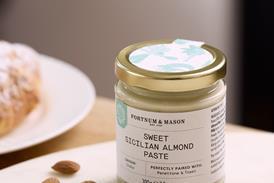



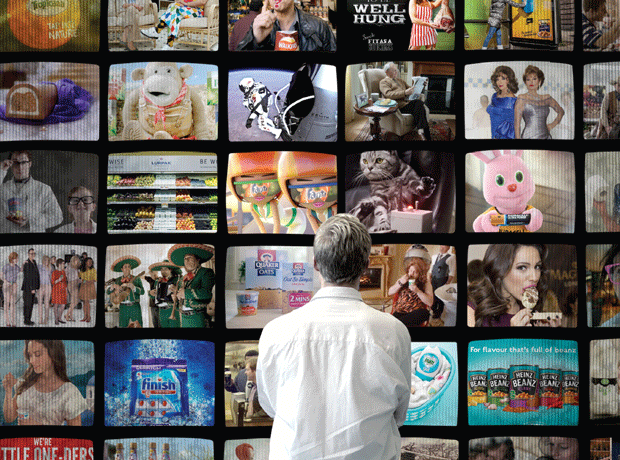


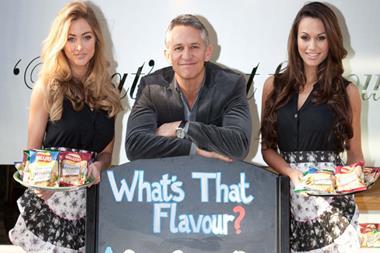
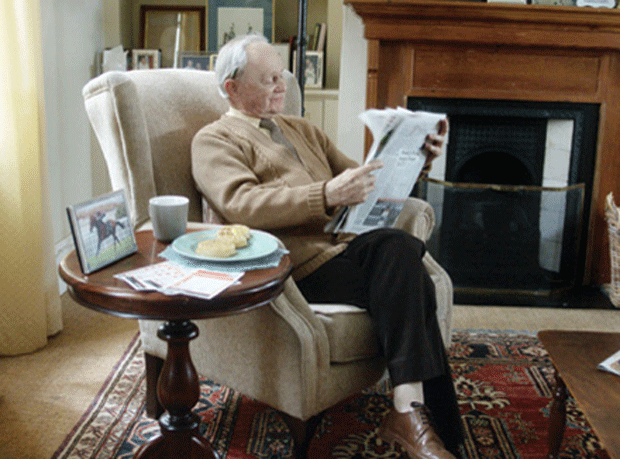
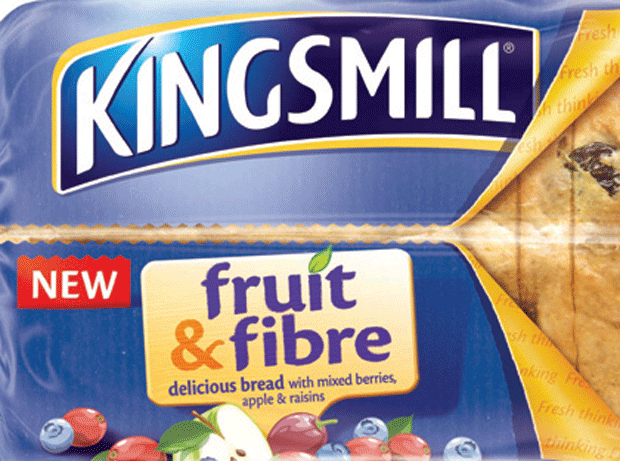

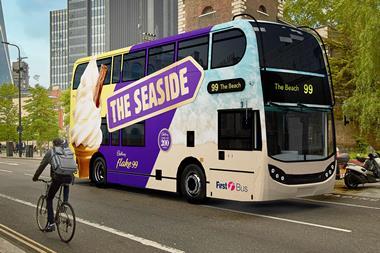

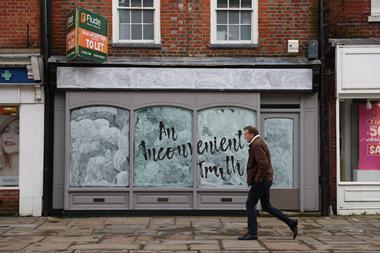
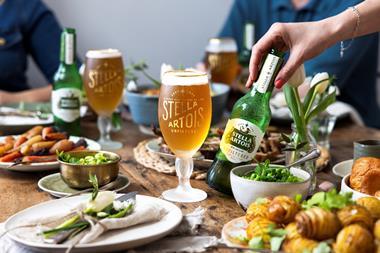

No comments yet